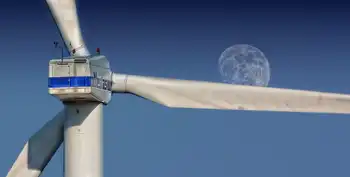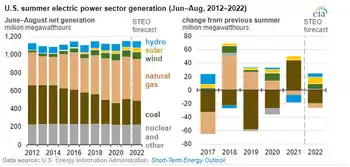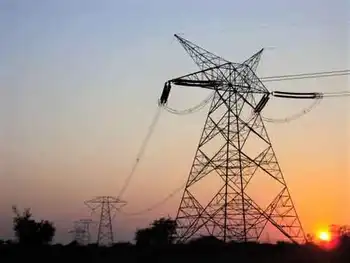Minnesota Signs Deal With Manitoba Hydro
WINNIPEG -- - The Minnesota Public Utilities Commission has unanimously approved a $1.7 billion power export deal with Manitoba Hydro.
It allows Minneapolis-based Xcel Energy to import power from Manitoba Hydro, despite the objections of aboriginal groups.
The 500-megawatt, 10-year deal was given the go-ahead.
It's an extension of an existing deal and will allow power to be exported until 2015.
Approval by Canada's National Energy Board is pending.
The Minnesota decision is a blow to the Pimicikamak Cree Nation of Cross Lake, Manitoba. They had asked the commission to first call a formal hearing into the social and economic impact of historic hydro development on their homeland.
Related News

Canada Makes Historic Investments in Tidal Energy in Nova Scotia
HALIFAX - Canada Tidal Energy Investment drives Nova Scotia's PLAT-I floating tidal array at FORCE, advancing renewable energy, clean electricity, emissions reductions, and green jobs while delivering 9 MW of predictable ocean power to the provincial grid.
Key Points
Federal funding for a floating tidal array delivering 9 MW of clean power in Nova Scotia, cutting annual CO2 emissions.
✅ $28.5M for Sustainable Marine's PLAT-I floating array
✅ Delivers 9 MW to Nova Scotia's grid via FORCE
✅ Cuts 17,000 tonnes CO2 yearly and creates local jobs
Canada has an abundance of renewable energy sources that are helping…




